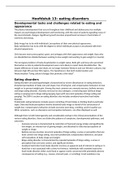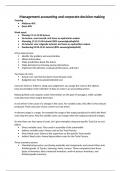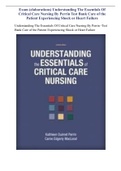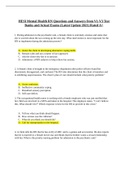Samenvatting
Developmental Pschycopathology: samenvatting exam 2 - Universiteit Utrecht, Pedagogische wetenschappen
- Instelling
- Universiteit Utrecht (UU)
Samenvatting van alle stof voor het tweede tentamen van DP. Bevat hoofdstuk 6, 8, 10, 13 en 14 van het boek Disorders in Childhood, en de artikelen van Mckean, Snowling en Mammarella. Succes met het tentamen! :)
[Meer zien]













